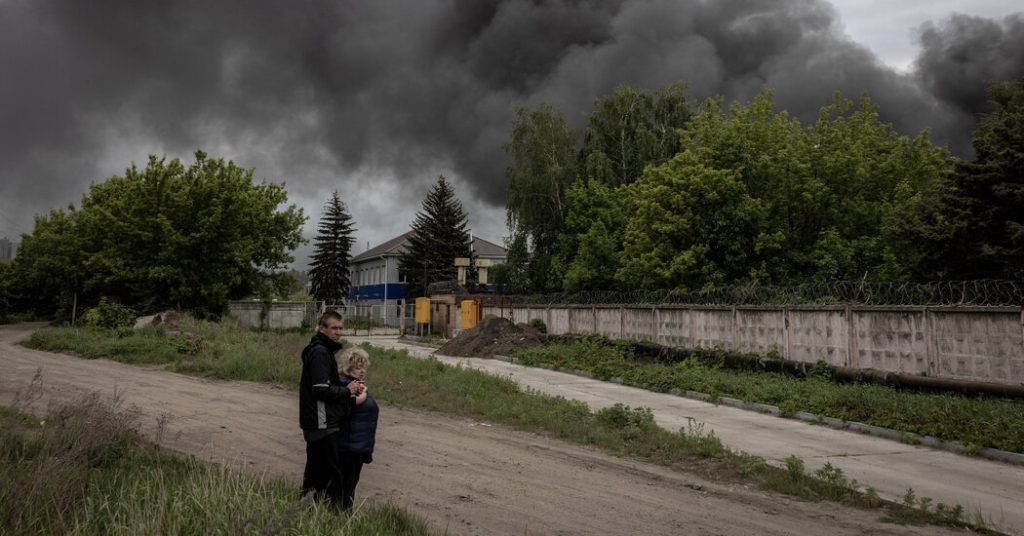After weeks of intense discussions with the Ukrainians, the Biden administration made a decision to reverse its position on allowing Ukraine to fire into Russian territory. The urgency of the situation increased after Russia began a major assault on the city of Kharkiv. Ukrainian officials pressed for the lifting of U.S. restrictions, arguing that the president’s concerns about escalation were overstated. As the Russians began shelling civilian sites from inside their border, the Ukrainians emphasized the need for a change in policy.
Following a secure video conference between top U.S. officials and their Ukrainian counterparts, National Security Adviser Jake Sullivan, Defense Secretary Lloyd Austin, and General Charles Q. Brown Jr. decided to recommend to President Biden that he allow an exception for Ukraine to strike back, even if Russian attacks were coming from just a few miles behind the Russian border. The decision was kept close within a small group of officials before being conveyed to the president. Secretary of State Antony Blinken, who had heard the Ukrainian perspective directly from President Volodymyr Zelensky during his visit to Kyiv, supported the change in policy.
During an annual meeting of combatant commanders, Gen. Christopher G. Cavoli expressed his agreement with the need to revise the ban on firing into Russia, citing the danger it posed to Ukraine. Upon his return from Kyiv, Blinken met with Biden and Sullivan in the Oval Office on May 17, where he urged the United States to alter its stance in response to the evolving situation. While Biden was already inclined towards the decision, he insisted on convening a meeting of his national security team to carefully consider the potential risks involved.
The delay in the formal decision-making process led to news of Blinken’s changed stance leaking out before the principals’ meeting took place. Despite concerns about potential Russian reactions, the consensus within the administration was that the situation on the ground in Ukraine warranted a shift in policy. By the time the meeting of national security principals occurred last week, Biden had already signaled his agreement with the recommendation to allow Ukraine to respond to Russian attacks from within their own territory.
The decision to reverse the ban on firing into Russian territory marks a significant shift in U.S. policy towards the conflict in Ukraine. The Biden administration’s decision was influenced by the escalating Russian assault on Kharkiv and the direct appeals from Ukrainian officials for greater leeway to defend themselves. The process leading to the decision involved input from top U.S. officials, discussions with Ukrainian counterparts, and careful consideration of the potential risks and consequences of altering the policy. This move reflects a recognition of the changing dynamics on the ground and a commitment to supporting Ukraine in its efforts to repel Russian aggression.


